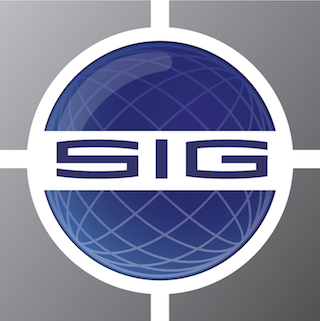NATO FINDS ITS WAR
Did NATO miss an opportunity at its recent summit in Vilnius? Some critics have said as much, pointing to divisions within the alliance about the measures that it should adopt in offering assistance to Ukraine. But NATO is aiming at something much larger: the transformation of an old Cold War alliance into an institution fit for the new Cold War. It may in fact have achieved it at Vilnius.
Ukraine is the key that opened the door. Until Russia invaded Crimea in 2014, NATO had been organizing itself around the two challenges of terrorism and cybersecurity, finally adopting a Comprehensive Cyber Defense Policy in 2021. Since then, and at a quickening pace after the Biden administration found its feet and Russia invaded non-Crimean Ukraine on 24 February 2022, NATO has been focusing on democratic principles and the rule of law in order to shape a strategic approach. The emphasis on these values at Vilnius underscores their role in guiding NATO’s strategic evolution within the paradigm of the New Cold War.
What is often missed is that an emphasis on values – just the sort of approach that is often dismissed as mere piety – marks the transformation of NATO from a defensive alliance into an ideological alliance. Although attempts by the Biden administration to promote ideological initiatives such as the Summits for Democracy have gained little traction, NATO is different. It has been steadily expanding a conventional concept of security to encompass the global commons, including oceans, space, technology, and cyberspace. Departing from a conventional summit declaration, the Vilnius outcome document suggests a strategic roadmap, delineating NATO’s envisioned trajectory in a global order now characterized by constant transformation.
It makes no obvious sense that the North Atlantic Treaty Organization should have any responsibility for the global commons. However, the reality is that conflict between the United States on one side and Russia and China on the other leaves the global commons up for grabs. Due to technological shifts and innovations, the means for conflict and the platforms for conflict are in effect global, specifically the Internet, cyberspace, and space itself, where military command and control by major powers is dependent not only on satellites in fixed positions above national territory but also on a system of satellites in constant orbit around the planet. The global commons has become a zone of conflict because certain aspects of conflict have become globalized. An organization that includes the specifically geographical definition “North Atlantic” in its name and its mission is now embracing a more global role.
While post-summit commentary centered on NATO’s relationship with Ukraine, perhaps the most crucial immediate outcome lies in the adoption of new Regional Defense Plans. Devised for the protection of NATO’s northern, central, and southern flanks, they signify a new chapter in its strategy. Prepared by SACEUR General Cavoli and his team, and totaling over four thousand pages, the regional plans offer intricate and precise delineations of the alliance's intended actions in the event of an assault on any of its member states. This marks the first time since the Cold War that NATO has formulated such comprehensive and detailed plans, rendering the deterrence and defense capabilities of the alliance more credible than ever before. The impetus behind the completion of these regional defense plans has been the Russian aggression against Ukraine.
Looking to the next summit, which will be held at Washington in 2024, we anticipate the full emergence of Global NATO on the 75th anniversary of founding of the alliance. The North Atlantic Council has been assigned the task of producing a comprehensive threat assessment. The results will accelerate deliberations about the future of Ukraine, provide clarity on NATO’s relationship with China, and demonstrate the ways in which the alliance is preparing to confront the globalization of major-power national security. The Washington summit may well grapple with the same unresolved questions that linger after the Vilnius Summit: Does the Alliance’s door remain open? When will Ukraine find a place among its members? On the largest and most important questions, however, NATO will already have found its answers.

